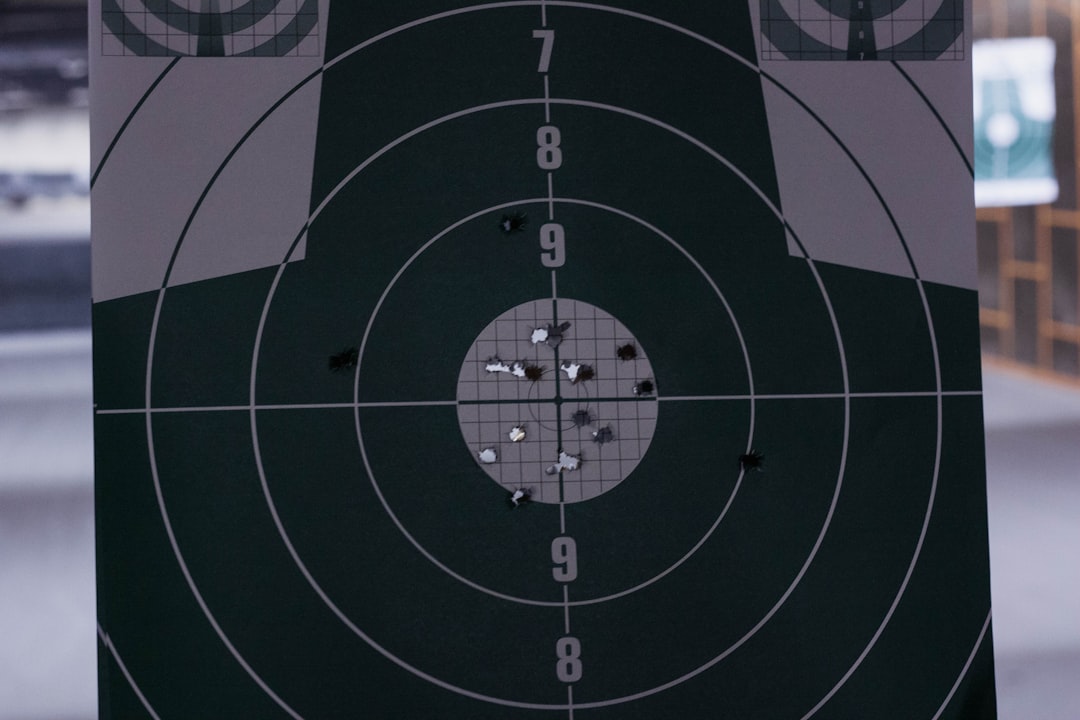National News
ANALYSIS: Behind Israel's High-Stakes Decision to Strike Iran
The Western Staff

JERUSALEM – The recent Israeli military strikes inside Iran have triggered a volatile and polarized global debate, forcing a sharp confrontation between two irreconcilable narratives. Israeli officials have characterized “Operation Am Kelavi” as a legal and necessary act of pre-emptive self-defense to neutralize an imminent, existential threat. Conversely, a significant portion of international reaction has framed the operation as an aggressive escalation, pointing to a severe humanitarian crisis in Gaza and questioning the strategic wisdom and moral standing of the Israeli action.
The Justification: An Imminent Threat
At the core of Israel’s justification for the operation is the assertion, articulated by senior defense and intelligence officials, that Iran had reached a nuclear “point of no return.” According to sources within the Israeli government, intelligence assessments indicated that the Iranian regime had accelerated its nuclear program to a critical stage, rendering diplomatic options obsolete. They argue that Iran had long used international negotiations as a smokescreen to advance its clandestine weapons program in flagrant violation of its Non-Proliferation Treaty (NPT) commitments.
“We were faced with a genocidal regime that has repeatedly promised our annihilation and was on the verge of acquiring the means to achieve it,” stated a senior Israeli official familiar with the operation’s planning. “International law does not compel a nation to be a passive victim; it does not demand we wait for the mushroom cloud to form over Tel Aviv. This was a textbook case for anticipatory self-defense.” This view frames the strikes not as a choice, but as an obligation to protect its citizens from a threat that officials describe as unique in its explicit and existential nature.
However, some international arms control experts and analysts have voiced skepticism regarding the immediacy of the threat, suggesting that while Iran’s program was advanced, a breakout to a functional nuclear weapon was not a matter of days or weeks. These analyses often suggest that more time for diplomacy and sanctions may have existed.
In response, proponents of the Israeli action argue that such assessments dangerously misread the Iranian regime’s intentions and risk-calculus. They contend that waiting for absolute, public, and irrefutable proof of a weapon’s completion would be tantamount to strategic suicide. The operation, from this perspective, was a last-resort measure taken when the window to act was closing decisively.
A Clash Over Precision and Morality
A central battleground in the information war following the strikes has been over the conduct of the Israeli military. The Israel Defense Forces (IDF) have maintained that the operation was exceptionally precise, employing technologically superior munitions and sophisticated intelligence to target specific assets: key IRGC commanders, nuclear scientists, and critical weapons infrastructure. “This was a surgical operation to decapitate the head of the serpent,” one military source commented. “Our targets were the architects of terror and nuclear proliferation, not the Iranian people.”
The morality of the operation has been fiercely challenged. A report originating in Haaretz and subsequently amplified by international media, including NPR and Al Jazeera, alleged that in a separate context, IDF soldiers in Gaza had received orders permitting them to shoot unarmed aid seekers. Critics have powerfully conflated this with the Iran strikes to forge a wider “killing field” narrative, arguing it demonstrates a pattern of disregard for civilian life that undermines any claims to a higher moral standard. This is compounded by reports of collateral damage from the strikes in Iran, including casualties among Afghan refugees.
Israeli officials have vehemently rejected this conflation as a deliberate distortion. They place the legal and moral responsibility for any civilian casualties in Iran on the regime’s well-documented strategy of embedding military assets and command centers within or near civilian areas. Furthermore, they draw a sharp moral contrast between their actions and Iran's. “Let’s be clear,” an Israeli foreign ministry spokesperson said, “Israel targets senior military and terrorist sites with precision. Iran indiscriminately fires heavy missiles at our civilian areas with the explicit goal of killing our families. The world must recognize the difference between a firefighter and an arsonist.”
Strategic Outcome: Pyrrhic Victory or Restored Deterrence?
The debate over the operation’s effectiveness is just as stark. Critics have coalesced around a “pyrrhic victory” narrative, arguing that any tactical gains were outweighed by strategic costs. They point to reporting, including from The Jerusalem Post, confirming a successful Iranian missile strike that caused significant damage to the prestigious Weizmann Institute. This, coupled with images broadcast by the BBC, AP, and others showing massive state funerals for slain commanders in Tehran, has been used to refute Israeli claims of a flawless operation or the idea that the action was a “favor” to an oppressed Iranian populace.
However, Israeli strategic planners and their supporters offer a competing analysis. They argue that the operation was a profound success that prevented a much larger, more catastrophic regional war. According to defense analysts, the strikes on command-and-control nodes and launch sites crippled Iran’s planned retaliation, reducing its missile salvos by an estimated 80% and successfully deterring proxies like Hezbollah from opening a second front. They assert that while no missile defense system is impenetrable, Israel’s demonstrated an exceptionally high success rate against an unprecedented assault.
Regarding the images of mourning from Tehran, Israeli officials dismiss them as “state-managed political theater” in a country where public dissent is brutally crushed. The true measure of success, they argue, is not in street scenes but in the long-term degradation of the world’s foremost state sponsor of terror. “A world without the IRGC is a safer world for everyone, not just for Israel,” a cabinet minister stated. “This was a historic opportunity to end a threat, and we took it.” As the global debate continues, the final verdict remains contested, resting on whether the strikes are ultimately seen as an act that ignited a fire, or one that courageously prevented a conflagration.


